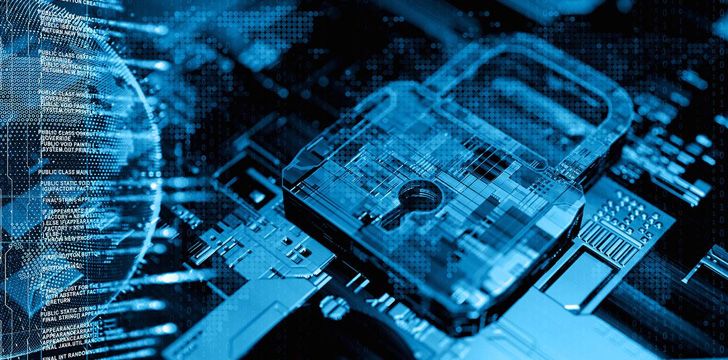
Biotechnology is a rapidly advancing field that involves the intersection of biology and technology to produce useful products or solve complex medical problems. Recent breakthroughs have brought about a transformation in healthcare that was once thought impossible. Here are some of the ways biotechnology is changing healthcare.
Cancer Treatment
Cancer is one of the most lethal and challenging diseases to treat, but biotechnology has led to numerous innovations in cancer treatment. One example is the development of targeted therapies that specifically attack cancer cells while sparing healthy cells. Biotech companies have developed a number of targeted cancer therapies such as Herceptin, which treats breast cancer, and Gleevec, which treats leukemia.
Gene Editing
Recent advancements in gene editing technologies, such as CRISPR-Cas9, allow scientists to directly edit the genetic material of living organisms. This has the potential to cure diseases by altering or deleting the genes responsible. For instance, CRISPR-Cas9 can be used to correct genetic mutations that cause diseases or even insert new genes into a person’s genome that can prevent them from developing certain diseases.
Cell Therapy
Cell therapy, another innovation in biotechnology, involves manipulating or growing cells outside of the body and then re-introducing them into the body to treat a variety of diseases. This technology is particularly promising in the field of regenerative medicine, where diseased or damaged tissue is replaced with new healthy tissue. For example, stem cell therapy has been used to repair damaged tissue in spinal cord injuries, heart disease, and bone cancer.
Precision Medicine
Precision medicine is an approach that takes into account a person’s genetic makeup, lifestyle, and environment to create a personalized treatment plan. Biotechnology has made precision medicine possible, allowing doctors to analyze a patient’s DNA or RNA and tailor treatment specific to a patient’s needs. This approach has been used successfully in treating certain cancers, such as melanoma, where the personalized treatment plan can be specific to a patient’s genetic makeup.
Artificial Intelligence
The use of artificial intelligence (AI) in healthcare is growing rapidly. With biotechnology advancements, AI can now analyze large amounts of data, such as electronic health records, and interpret medical images to help doctors make faster and more accurate diagnoses. AI is also being used to improve drug development and clinical trials, by streamlining the drug discovery process and reducing the potential for adverse drug interactions.
In conclusion, the biotechnology field is rapidly transforming healthcare in various ways, leading to innovative treatments and personalized care. As technology continues to progress, we will likely see more advances in biotechnology and its applications to medicine. With the growing demand for more effective treatments and personalized medicine, biotechnology is sure to play a key role in meeting these needs.…






